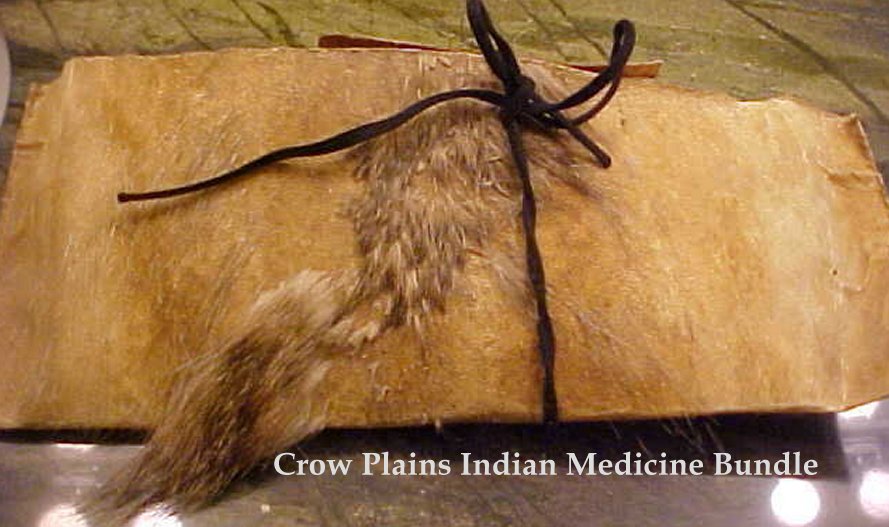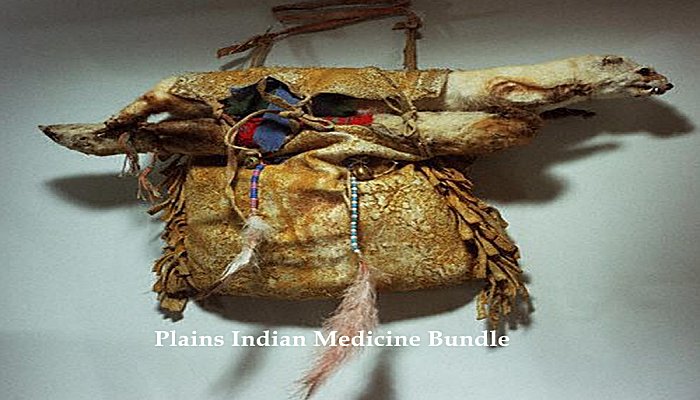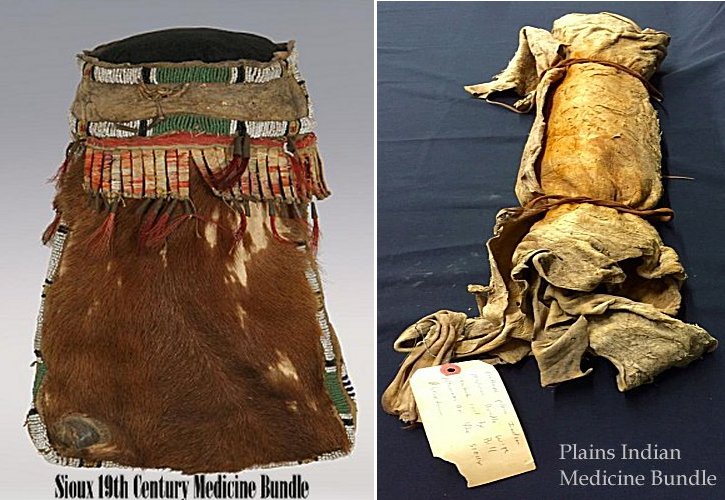Sacred Medicine Bundle With Relics Of The First Ancestors Or Given By The Gods
A. Sutherland AncientPages.com - Many early European settlers in America were convinced that Native Americans had no religion but the opposite was true. In fact, Native Americans were very religious, but their religion was animistic and it was based on a belief that there are living souls in trees, stars, etc.
The spiritual beliefs of these people were very different from those of the new settlers on the Great Plains.
Among all the Indian tribes, but especially those inhabiting the Great Plains, there were few sacred buildings of any kind; some of the sacred places were those where particularly great events had occurred. One of the most famous and important was the ‘Sacred Canoe’ of the Mandans (a Native American tribe residing in North Dakota), which was made of ancient willow boards believed to come from the planks, on which the first ancestors had been rescued from the primeval flood.
Instead of sacred places, the Indians venerated the medicine bundles, which were portable shrines of various sizes and shapes. The medicine bundle was central to the Natives’ practice of religion because they believed in the power of the Medicine Bundle (also called ‘Medicine Bag’.)
The Mandan’s personal medicine bundles – are passed down from generation to generation – are owned by both men and women and constitute the evidence of visionary contact with a specific spirit.
If this spiritual power was considered inadequate a bundle might be disposed of and another vision sought. Each bundle has its own sacred songs and rituals associated with its opening. Bundles owned by women are often associated with healing. Among the Mandan, a man may inherit a personal bundle from his mother’s relatives, but not from his father. Before inheriting a bundle, however, a man has to show that he is worthy of it.
A sacred medicine bundle - a wrapped collection of sacred items - was also customary to be carried by the Indians who carried pipes, herbal remedies including tobacco, cedar, sage, sweetgrass, and animal-related things in the medicine bundles because they believed they represented powerful objects.
The medicine bags were supposed to help heal the Plains Indians, spiritually and physically, but to open or use a bundle without the proper ritual and ceremony predicted a disaster.
The Indians believed that the medicine bundles with their precious, both symbolic and ritual items inside, were the relics of the first ancestors, or sacred objects given by the gods to protect man, give strength in battle and bring good fortune.
This common belief of the Native Americans was almost identical with the sacred bundles preserved among the Aztecs of Mexico, the Quiché Mayas and very similar to the sacred bundles- called ‘tjurungas’ and kept by the Australian aborigines.
The medicine bundle was always regarded as a form of property, that could only change hands but within a family to whose ancestor it had first been entrusted.
Food and high values in skins had to be exchanged in return for a bundle.
Some bundles were owned by individual Indians; medicine bundles belonging to the medicine men were used in healing ceremonies. Other ones belonged to the whole tribe; each secret society had its own medicine bundles.
For the Cheyenne, the most important medicine bundle contained many objects with magical power, including a hat made from the hide of a buffalo, four arrows (two for hunting and two for warfare); for the Sioux, a pipe was treasured; it was given to the tribe by a white buffalo calf.
The Arapaho treasured the flat pipe, a long tobacco pipe with a stem approximately the length of a man's arm. The object was wrapped in a bundle and was usually opened and smoked only on special occasions and rituals. Similar importance for this tribe, had another sacred relic - a hoop or wheel.
Written by – A. Sutherland AncientPages.com Staff Writer
Copyright © AncientPages.com All rights reserved. This material may not be published, broadcast, rewritten or redistributed in whole or part without the express written permission of AncientPages.com
Expand for referencesReferences:
Waldman, Encyclopedia of Native American Tribes
D. Bellin, Medicine Bundle: Indian Sacred Performance and American Literature, 1824-1932
More From Ancient Pages
-
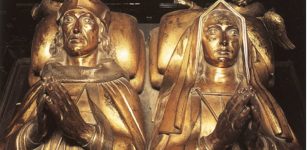 On This Day In History: King Henry VII’s Coronation Was Held – On Oct 30, 1485
News | Oct 30, 2017
On This Day In History: King Henry VII’s Coronation Was Held – On Oct 30, 1485
News | Oct 30, 2017 -
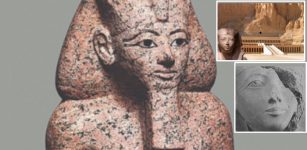 Fate Of Eminent Pharaoh Hatshepsut’s Statues After She Passed Away – New Study
Archaeology | Jun 24, 2025
Fate Of Eminent Pharaoh Hatshepsut’s Statues After She Passed Away – New Study
Archaeology | Jun 24, 2025 -
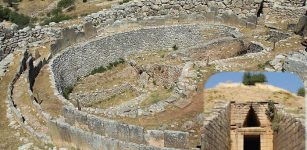 Mycenae Kingdom: Home To King Agamemnon And Tholos Tomb ‘Treasure of Atreus’
Civilizations | Jun 11, 2022
Mycenae Kingdom: Home To King Agamemnon And Tholos Tomb ‘Treasure of Atreus’
Civilizations | Jun 11, 2022 -
 On This Day In History: Cliff Palace At Mesa Verde, Colorado Discovered – On Dec 18, 1888
News | Dec 18, 2016
On This Day In History: Cliff Palace At Mesa Verde, Colorado Discovered – On Dec 18, 1888
News | Dec 18, 2016 -
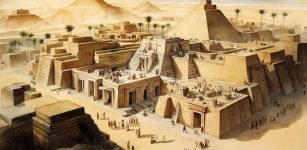 Evidence Of Increased Violence When The First Mesopotamian Cities Were Built
Archaeology | Oct 10, 2023
Evidence Of Increased Violence When The First Mesopotamian Cities Were Built
Archaeology | Oct 10, 2023 -
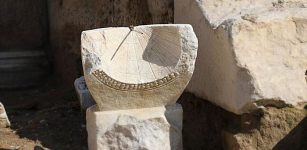 2,000-Year-Old Sundial Discovered In Ancient City Of Laodicea, Turkey
Archaeology | Mar 25, 2020
2,000-Year-Old Sundial Discovered In Ancient City Of Laodicea, Turkey
Archaeology | Mar 25, 2020 -
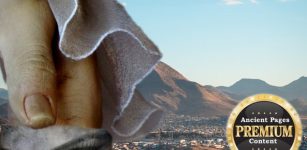 Mystery Of Mexico’s Bizarre Mummy May Never Be Solved
Featured Stories | Sep 17, 2024
Mystery Of Mexico’s Bizarre Mummy May Never Be Solved
Featured Stories | Sep 17, 2024 -
 3,000-Year-Old African Musical Instrument Can Help Modern Medicine
Archaeology | Sep 19, 2018
3,000-Year-Old African Musical Instrument Can Help Modern Medicine
Archaeology | Sep 19, 2018 -
 King Khufu’s 4,600-Year-Old Solar Boat Has Been Transported To The Grand Egyptian Museum
Archaeology | Aug 9, 2021
King Khufu’s 4,600-Year-Old Solar Boat Has Been Transported To The Grand Egyptian Museum
Archaeology | Aug 9, 2021 -
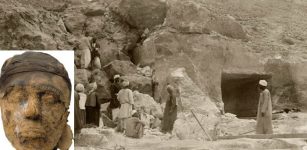 Mystery Of Egyptian Tomb 10A And The Mummy’s Head – A 4,000-Year-Old Crime
Featured Stories | Apr 27, 2022
Mystery Of Egyptian Tomb 10A And The Mummy’s Head – A 4,000-Year-Old Crime
Featured Stories | Apr 27, 2022 -
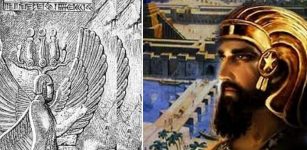 Cyrus The Great: Founder Of Achaemenid Empire Who Conquered Medians, Lydians And Babylonians
Featured Stories | Mar 21, 2019
Cyrus The Great: Founder Of Achaemenid Empire Who Conquered Medians, Lydians And Babylonians
Featured Stories | Mar 21, 2019 -
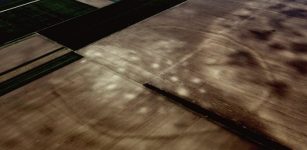 Vast Network Of Previously Unknown European Bronze Age Megastructures Discovered
Archaeology | Nov 20, 2023
Vast Network Of Previously Unknown European Bronze Age Megastructures Discovered
Archaeology | Nov 20, 2023 -
 Weird Archaeological Discovery In Ancient Scottish Cave – A Neolithic And Celtic Mystery
Featured Stories | May 30, 2024
Weird Archaeological Discovery In Ancient Scottish Cave – A Neolithic And Celtic Mystery
Featured Stories | May 30, 2024 -
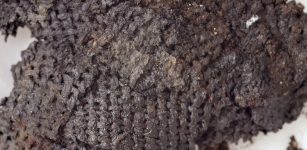 Discovery Of Stone Age Textiles Sheds New Light On The History Of Clothes Making
Archaeology | Nov 9, 2021
Discovery Of Stone Age Textiles Sheds New Light On The History Of Clothes Making
Archaeology | Nov 9, 2021 -
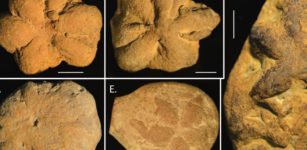 Mysterious Ancient Star-Shaped ‘Fossil’ Baffles Scientists – What Is It?
Archaeology | Feb 27, 2023
Mysterious Ancient Star-Shaped ‘Fossil’ Baffles Scientists – What Is It?
Archaeology | Feb 27, 2023 -
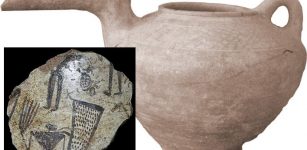 7,000-Year-Old Tepe Ozbaki Mounds Yielded Valuable Relics – But Now The Site Is In Trouble
Archaeology | Nov 25, 2020
7,000-Year-Old Tepe Ozbaki Mounds Yielded Valuable Relics – But Now The Site Is In Trouble
Archaeology | Nov 25, 2020 -
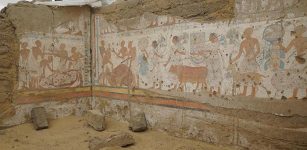 Tomb Of Pharaoh Ramesses II Treasurer Ptah-M-Wia Discovered In Saqqara
Archaeology | Nov 4, 2021
Tomb Of Pharaoh Ramesses II Treasurer Ptah-M-Wia Discovered In Saqqara
Archaeology | Nov 4, 2021 -
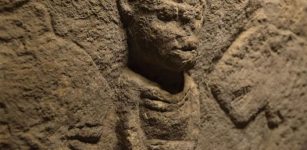 World’s Oldest Narrative Art Depicts An ‘Unusual And Unique’ Scene – 11,000-Year-Old Carving Investigated
Archaeology | Dec 8, 2022
World’s Oldest Narrative Art Depicts An ‘Unusual And Unique’ Scene – 11,000-Year-Old Carving Investigated
Archaeology | Dec 8, 2022 -
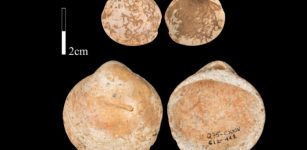 Perforated Shells Were Used By Humans 120,000 Years Ago
Archaeology | Jul 10, 2020
Perforated Shells Were Used By Humans 120,000 Years Ago
Archaeology | Jul 10, 2020 -
 Mysterious Ancient African Sky Fathers
African Mythology | Jun 18, 2019
Mysterious Ancient African Sky Fathers
African Mythology | Jun 18, 2019

